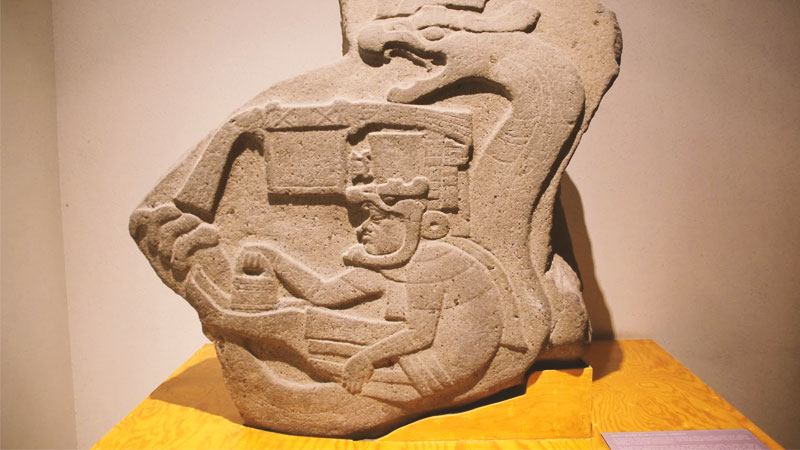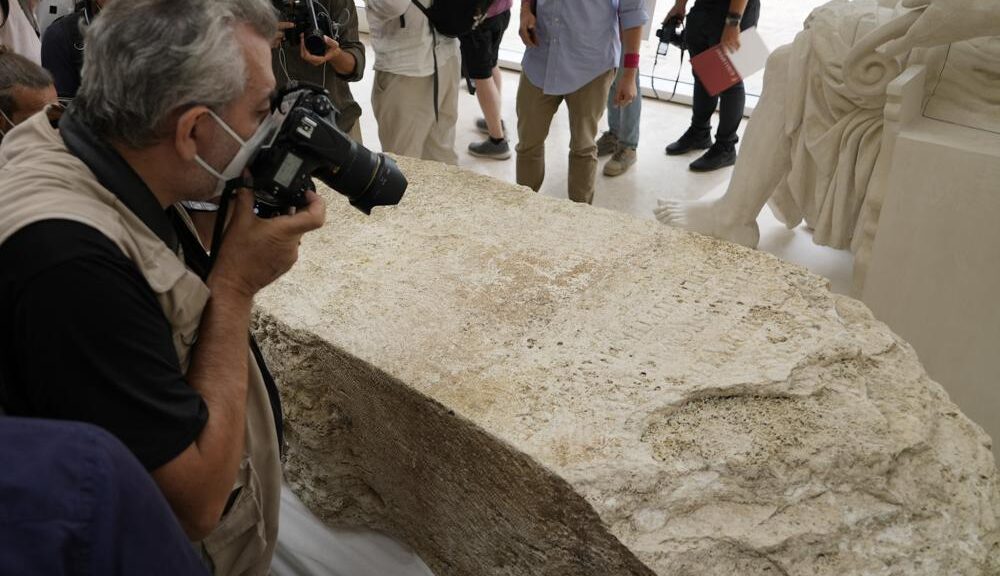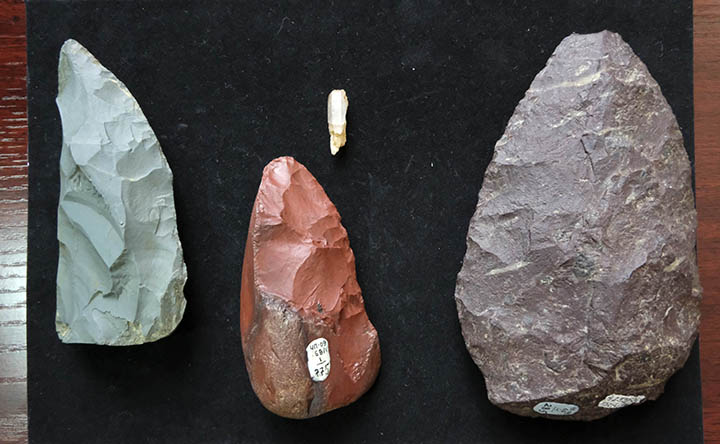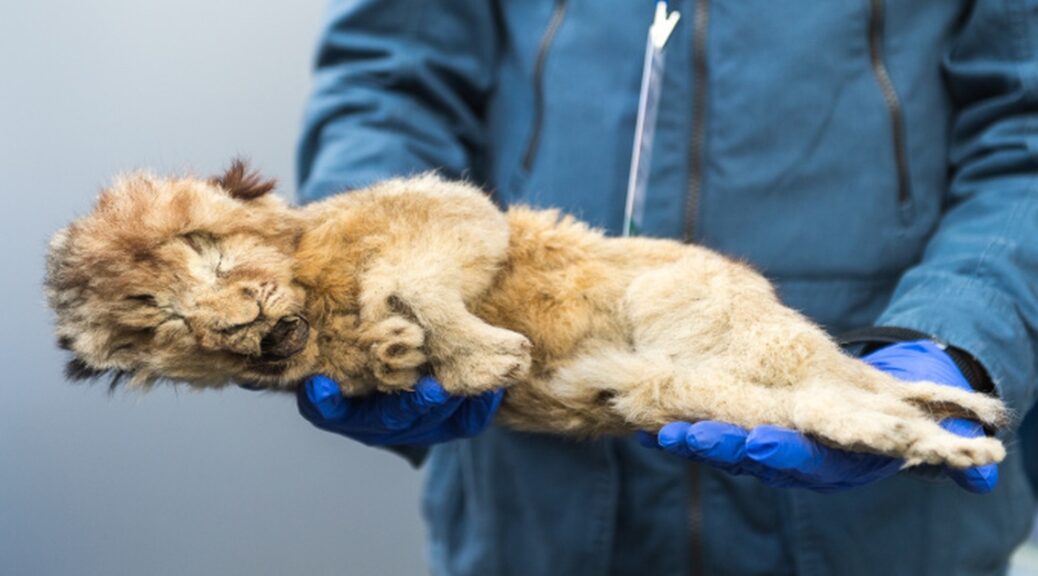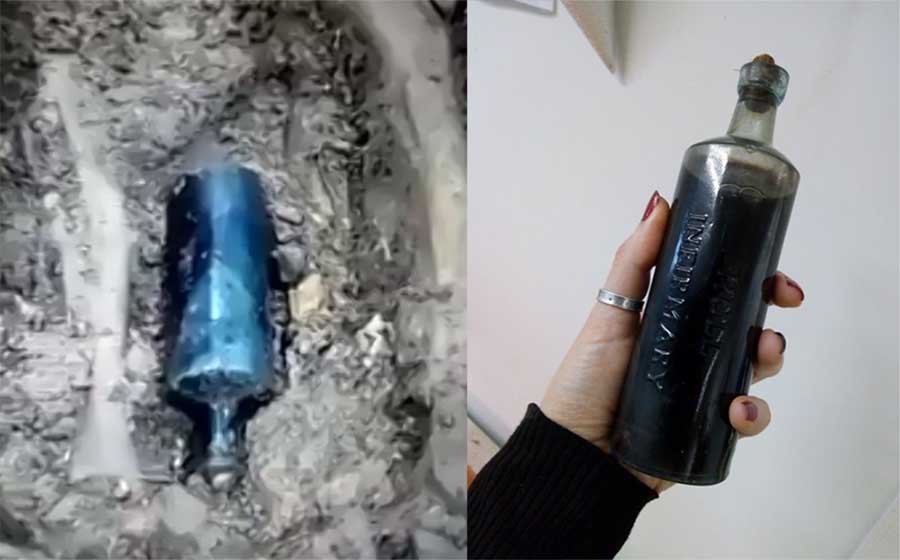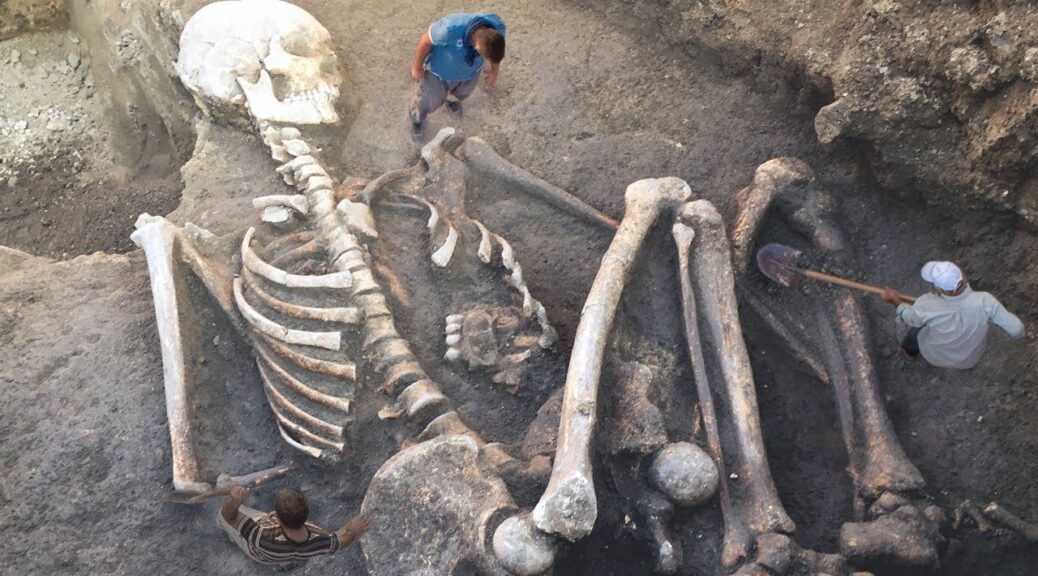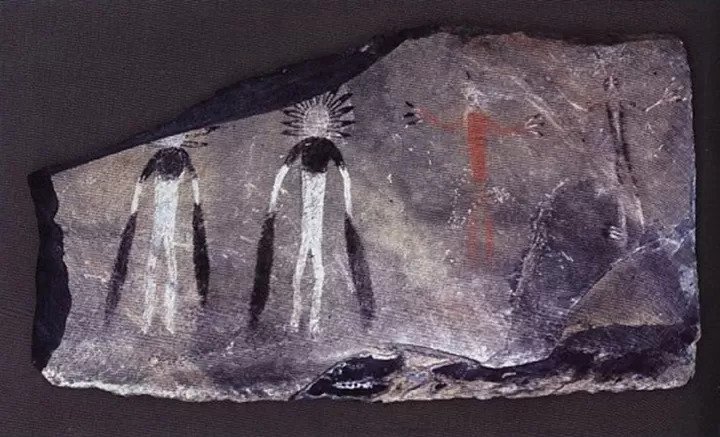Olmec Civilization: Survivors of Atlantis?
Are the Ancient Olmecs Survivors of Atlantis?
It is a theory that according to many, could explain the incredible technologies and skills of this enigmatic Ancient Civilization.
Even though the Olmec civilization is surrounded by numerous mysteries, researchers believe that all the classical cultures of Mesoamerica originated from this mysterious civilization. But where did this ancient civilization originate? And why is it that we know so little about one of the most influential ancient civilizations of Mesoamerica?

Their stonemason skills were something noteworthy, achieving incredible constructions and monuments, like the giant Olmec heads, before the Aztecs, Mayas and other civilizations of the Americas. The question that has baffled archaeologists and other researchers are how?
From where did the ancient Olmecs obtain their knowledge and where do they come from?
Is it possible that as some researchers suggest, the Ancient Olmecs are the survivors of Ancient Atlantis?
Atlantis and the Olmecs
The Olmecs were a very advanced civilization that predates the Ancient Maya and Aztec empires. Their knowledge in geology allowed this mysterious ancient civilization to literally “terraform” certain regions. The San Lorenzo plateau is one of those examples. It is considered one of the most important architectural projects in ancient times.
The entire region was “modified” to the liking of the ancient Olmecs. This project involved the removal of tons of earth and rock that allowed the construction of giant terraces, walls and monuments, literally transforming their surroundings into a sacred area for their inhabitants.
The question that still remains is, how did ancient man achieve this… thousands of years ago? Is it possible that their advanced technology and knowledge originated on the last city-continent of Atlantis? And if so, are there any similarities between them?

If Atlantis did exist? How come that there is no evidence of this mythical “continent“, surely such a powerful ancient civilization would have left its mark worldwide, why is it that Plato is one of the few who mentioned Atlantis?
Basically, the tale about Atlantis did not exist until Plato wrote about it. But what if… Atlantis was destroyed but its people lived on… only that this time they were not called Atlanteans but Olmecs? No one can explain where the Olmecs came from, we know based on research where historians believe they originated from, but due to certain features, like the giant Heads which do not resemble natives from Central America, many believe that the Olmec civilizations actually originated from another place on Earth, a place that some call ancient Atlantis.
This ancient civilization achieved an incredible degree of development, totally incomprehensible if we consider that we know nothing of their origin nor their roots. They were a society that knew about animal domestication, and beekeeping before any other ancient civilization.
The Hematite Bar, possible evidence of advanced technology?
One of the most mysterious findings directly connected with the Ancient Olmec civilization is a 3.5 cm hematite bar that has caused mixed reactions among researchers. When placed on the water its axis points towards the north.
According to researchers from the University of Michigan, this device was a compass. This changes a lot in history since it would mean that the ancient Olmecs are the inventors of the compass and no the Chinese as previously thought. The device is believed to have been used to position their constructions facing north.
The Olmec Legacy
The ancient Olmecs left so much yet so little behind and just like many other great ancient civilizations, they too disappeared without a trace. In addition to the gigantic heads, the Olmecs have left other pieces of great artistic value, such as thrones, altars and human figures and no other culture in Mesoamerica attained perfection and the level of mastery of the Olmecs when it comes to sculpting.
The question is, how did this ancient civilization that was almost in the stone age, manage such perfection that engineers today cannot replicate?
